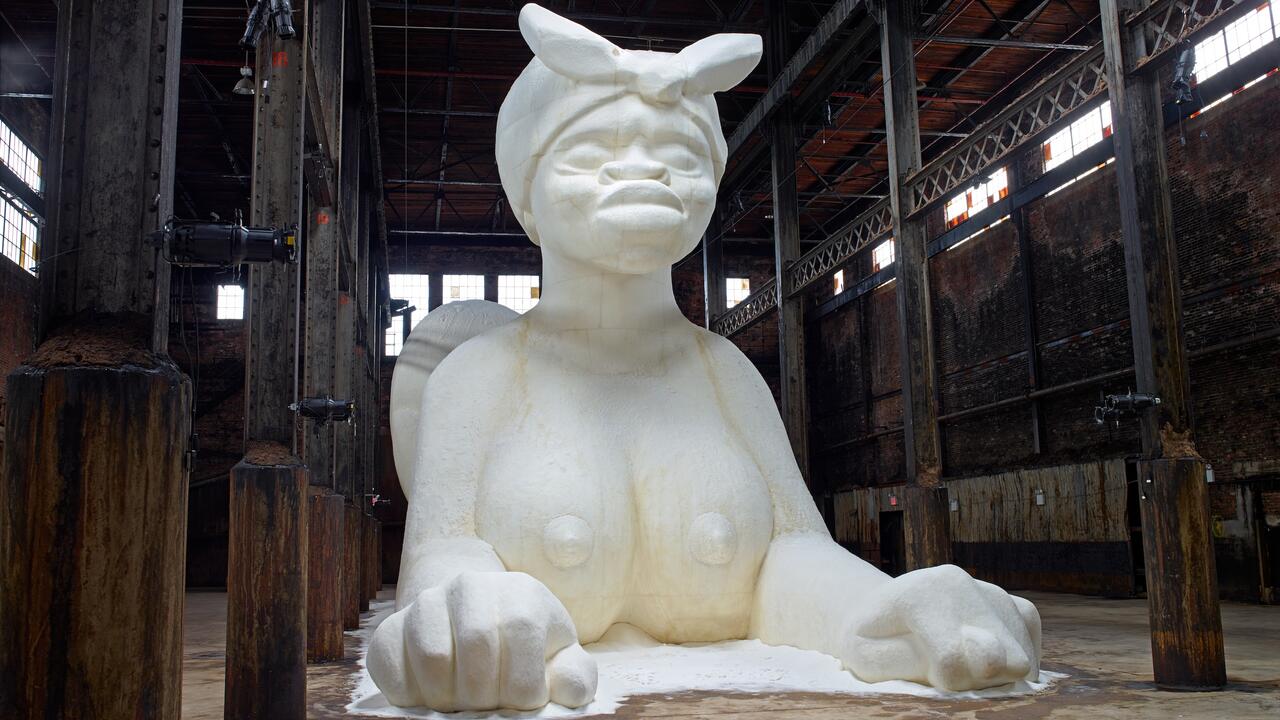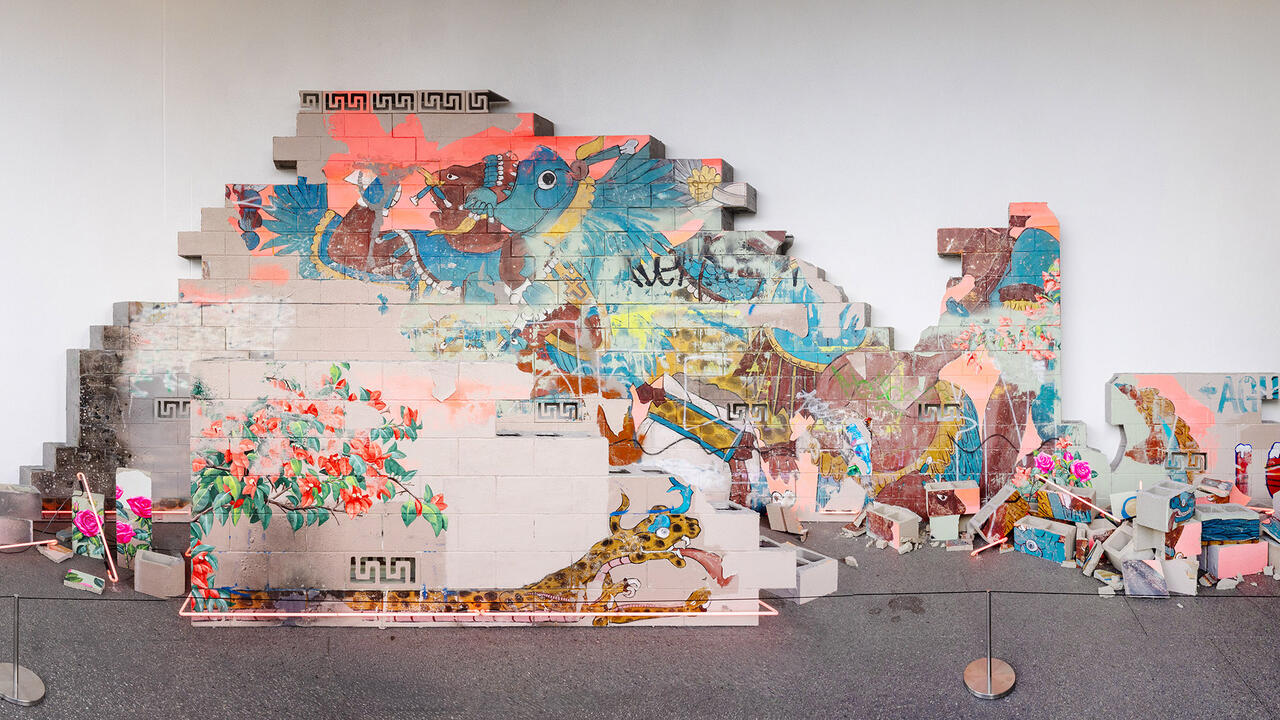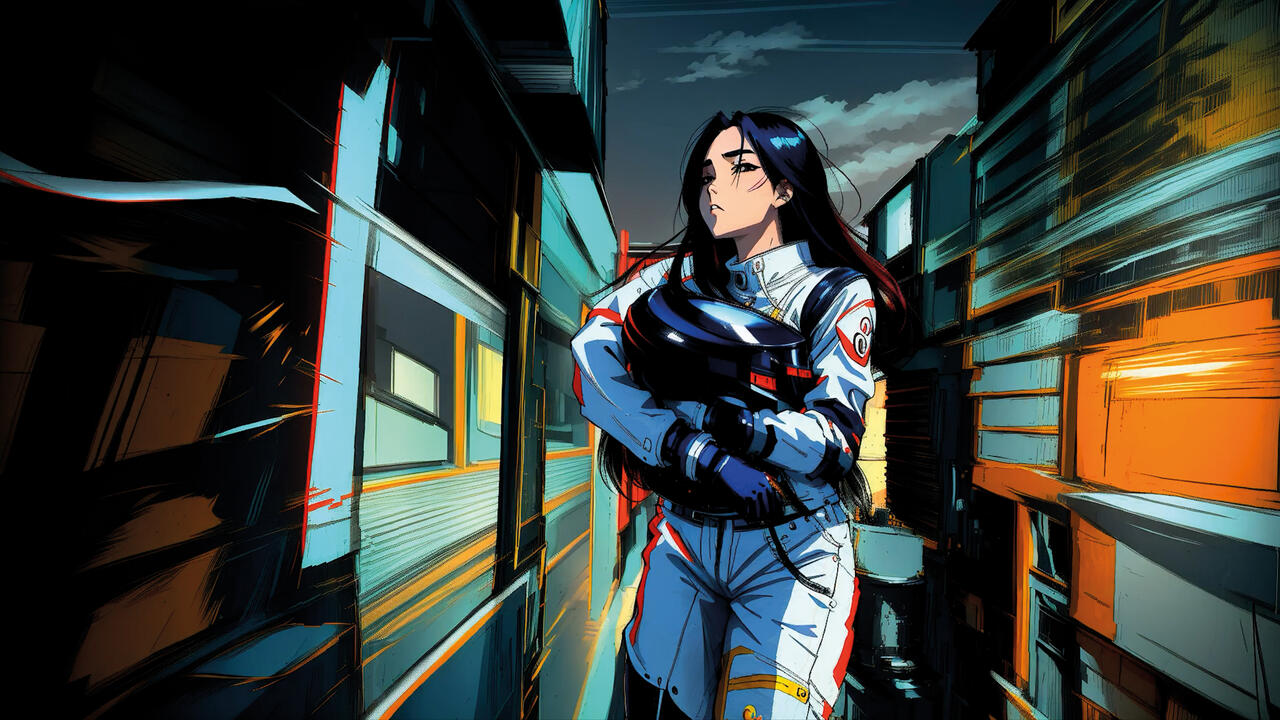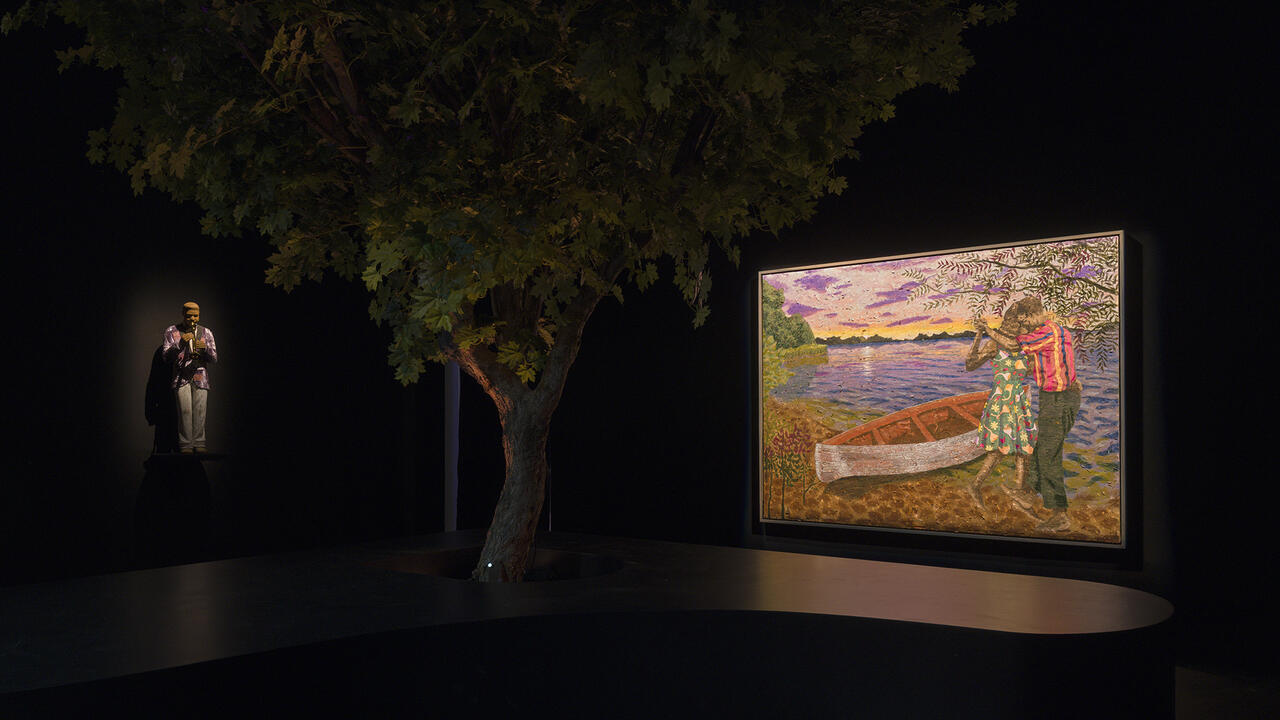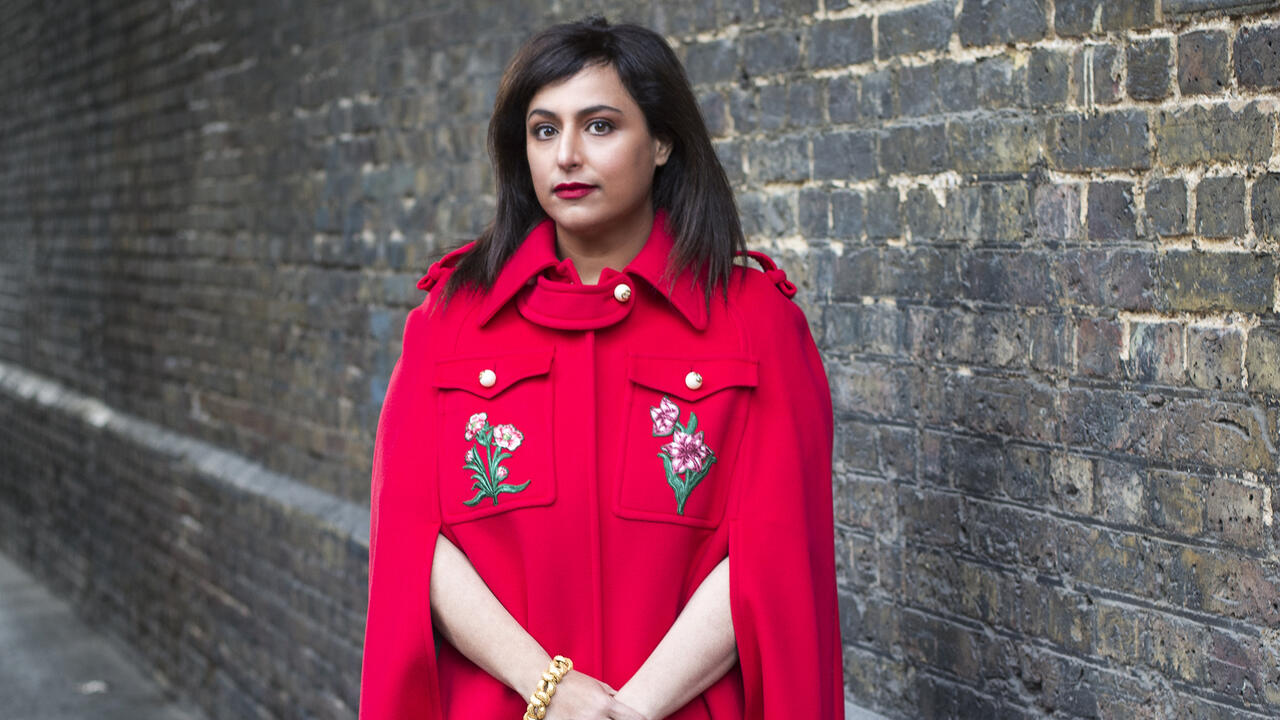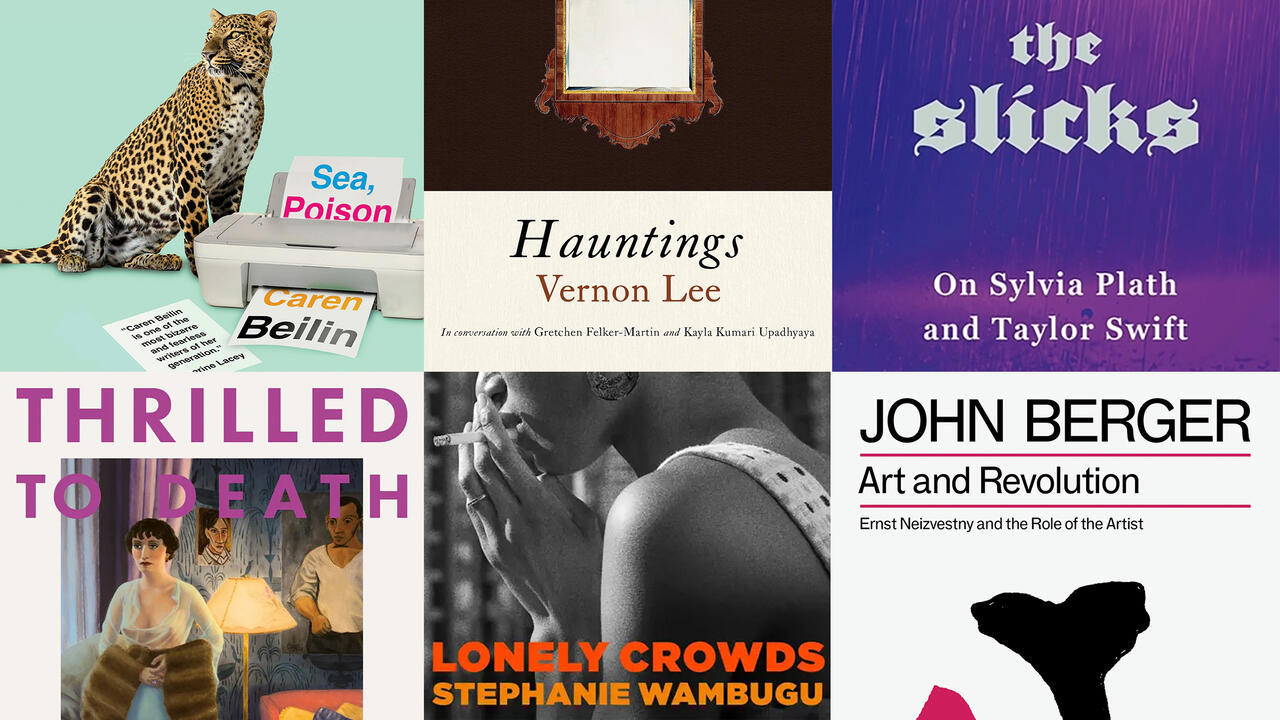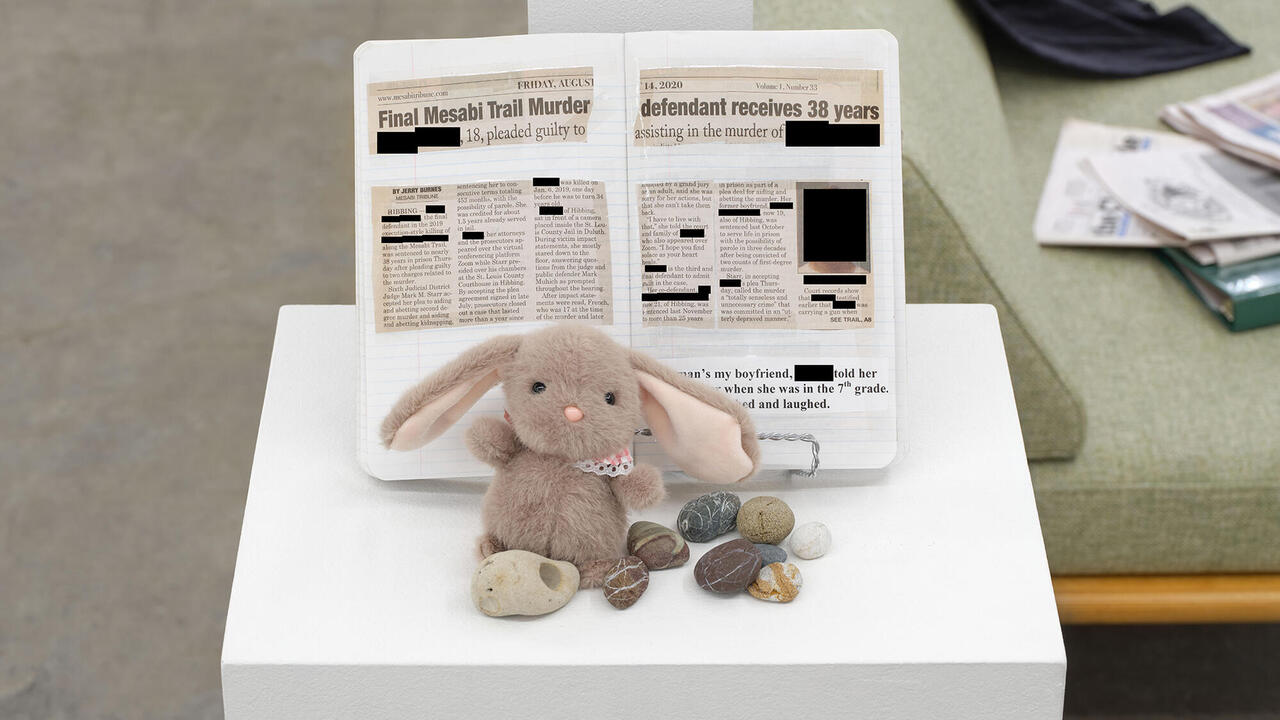Joey Terrill’s Chicanx Constellations
Using gay print magazines, the artist makes collages that imagine intersectional queer communities
Using gay print magazines, the artist makes collages that imagine intersectional queer communities

This article appears in the columns section of frieze 236, based on the theme 'After Dark'
In 1968, editor William Como was tapped to transform the senescent Ballroom Dance Magazine into a periodical with broader appeal. Billing itself as ‘the national magazine of entertainment’, the reconceived publication, After Dark, covered dance, opera, theatre, cinema, music, visual art and fashion. The cultish monthly was unofficially gay: a position it maintained throughout the liberation movement until its closure in 1983. After Dark interspersed relatively anodyne cultural reportage with homoerotic photo-essays and hagiographic profiles of gay icons. It was able to circulate broadly because, to the ire of some gay liberationists, it operated largely via suggestion.

Though the magazine banned the word ‘gay’ from its advertising copy, companies quickly devised adverts targeting the new ‘gay market’ to which After Dark had access. (An advertisement for Wall Street Sauna, a cruising ground, depicted a doe-eyed woman asking: ‘It’s five o’clock. Do you know where my husband is?’) As After Dark recorded, fostered and celebrated an emergent culture, it also laid the groundwork for an incipient consumer identity – one that would be further developed by the overtly gay, more explicit magazines that ultimately supplanted it.
For the past five decades, gay print media like After Dark has served as an important reference – and raw material – for Los Angeles-based artist Joey Terrill. Working across collage, painting, silkscreen, drawing and zines, Terrill conveys his lived experience of queerness – often complicating hegemonic notions of queer publics. A Chicano art movement participant, Terrill sought visual language furthering Chicanx cultural affirmation. Despite El Movimiento’s intersectionality, Terrill was struck by the homophobia that he encountered as well as the patriarchal connotations of the movement’s central tenet of family. Simultaneously, he didn’t see himself represented in the impoverished imaginary of mainstream gay media, which promulgated the notion that ‘gay’ referred exclusively to white, moneyed homosexuals who were the implied public of After Dark (which Terrill avidly read). Terrill told me that, with collaborator Teddy Sandoval, he ‘looked at images that were mostly white and asked how we could make them more Mexican, Chicano or queer’.

Terrill first repurposed After Dark imagery in collages titled after romantic Mexican songs. Que Bonita es mi Tierra (How Beautiful Is My Land, 1977) constellates the titular lyric with two photographs of men’s chests (unitard-clad and bare) and a Tom of Finland drawing of leather daddies beside the words ‘Sauna-Bar’. This collage of erotic signifiers put Chicano and gay cultural production into dialogue, highlighting their respective representational lacunae. By reconfiguring these cultural symbols to better reflect his intersectional identity, Terrill asserted queer Chicano existence – representing, as José Esteban Muñoz articulated in Disidentifications (1999), a ‘politics or positionality that has been rendered unthinkable by the dominant culture’.
In 1981, the US Center for Disease Control published an article on five young gay Angelenos with a rare lung infection; by the decade’s close, reported deaths from AIDS in the US numbered 89,343. ‘AIDS devastated the art community; choreographers were dying; actors were dying; my friends were dying,’ says Terrill, who tested positive in 1989. For the next five years, as a rebuke to death, the artist held Halloween costume parties – attended by artists, musicians and club kids. Terrill used photographs from the gatherings as the basis for a series of lush paintings of the revellers – an instance of queer art and nightlife feeding and sustaining one another. He also created psychedelically hued collages to adorn entire walls of his house during the parties. To make them, Terrill appropriated images from gay magazines as well as artworks made – or reclaimed and repurposed – by gay men, often presenting the reproductions in phantasmagorical multiples alongside painted ghouls.

A sweeping, carnivalesque artwork constructed from photocopies, acrylic paint and glitter, It’s Halloween Party Time (The Gates of Hell) (1989–91) interweaves imagery from various sources and time periods. Elements include fin-de-siècle photographs of male youths by Wilhelm von Gloeden and classical Greco-Roman sculptures; another drawing by Finland; and, frolicking among flames, dancers culled from the magazine’s pages. Terrill demonstrates how lineages of gay visual culture and media can operate as a meeting place and a vibrant site on which to build community, in a body of work that both honours queer visual production and expands it.
This article first appeared in frieze issue 236 with the headline ‘It’s Party Time’
Joey Terrill will take part in ‘Made in L.A. 2023: Acts of Living’ on view at the Hammer Museum, Los Angeles, from 1 October to 31 December
Main image: Joey Terrill, It’s Halloween Party Time (The Gates of Hell) (detail), 1989–91. Courtesy: the artist and Ortuzar Projects, New York; photograph: Dario Lasagni










